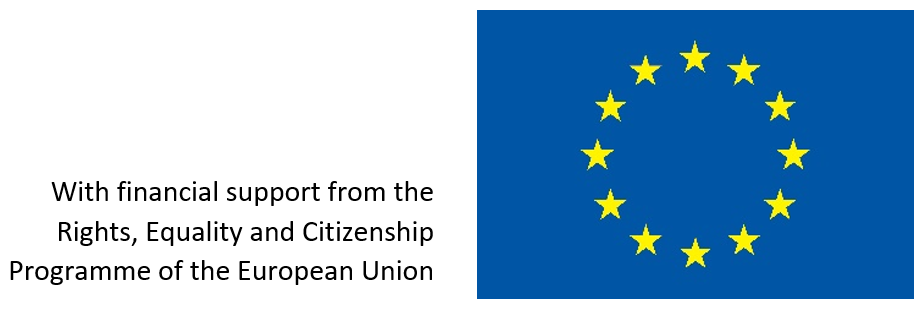To be called “influential” to someone as famous as Associate Justice of the Supreme Court of the United States Ruth Bader Ginsburg, one would have to already be well known, no? This is not the case for Reverend Dr Pauli Murray, an American civil rights advocate, feminist, lawyer and ordained priest, who also was named as co-author to Ruth Bader Ginsburg’s brief in the Reed case, which helped her win the breakthrough case regarding same sex discrimination. Though Murray did not actually co-author the brief, she was given the honour due to her being a leading pioneer in creating the legal strategy for fighting sex discrimination.
Born in Baltimore, Maryland, United States, in 1910, Pauli Murray was virtually orphaned when young, and was raised mostly by her maternal grandparents in Durham, North Carolina. At the age of 16, she moved to New York City to attend Hunter College, and graduated with a Bachelor of Arts degree in English in 1933. In 1940, Murray sat in the whites-only section of a Virginia bus with a friend, and they were arrested for violating state segregation laws.
This incident, and her subsequent involvement with the socialist Workers’ Defense League, led her to pursue her career goal of working as a civil rights lawyer. She enrolled in the law school at Howard University, where she also became aware of sexism. She called it “Jane Crow”, alluding to the Jim Crow laws that enforced racial segregation in the Southern United States. Pauli Murray had been witness to their early legal strategy of combating separate but equal doctrine by forcing states to either make black institutions equal to their white counterparts or integrate white institutions, if they failed to do so. However, she argued that Plessy v. Ferguson, which upheld the constitutionality of racial segregation laws for public facilities, was inherently immoral and discriminatory and should be overturned. When she brought up this argument to her classmates, she noted that her suggestion was received with “hoots of derisive laughter.”
Murray coined the term “Jane Crow” to name the forms of sexist derision she frequently encountered during her time at Howard. It was the piece she co-authored called “Jane Crow and the Law” that Ginsburg cites as so influential in her thinking about legal remedies for sex discrimination. In 1953, Spottswood Robinson, Thurgood Marshall and others pulled out a copy of her senior paper and used it as a guide to strategize how they would argue the Brown v. Board case. They didn’t bother to mention this until about 10 years later, when she ran into Robinson at Howard Law School.
As a lawyer, Murray argued for civil rights and women’s rights. National Association for the Advancement of Colored People (NAACP) Chief Counsel Thurgood Marshall called Murray’s 1950 book, States’ Laws on Race and Color, the “bible” of the civil rights movement. Murray served on the 1961–1963 Presidential Commission on the Status of Women, being appointed by John F. Kennedy. In 1966 she was a co-founder of the National Organization for Women. Murray held faculty or administrative positions at the Ghana School of Law, Benedict College, and Brandeis University.
Pauli Murray was a gender nonconforming person, who favored a masculine-of-center gender performance during her 20s and 30s. Murray struggled in her adult life with issues related to her sexual and gender identity, describing herself as having an “inverted sex instinct”. She struggled both with her sense of gender identity and with her sexual attraction to women. She asked doctors to administer male hormones to her in the 1930s, and tried to convince one doctor to perform exploratory surgery to see if she had “secreted male genitals.” She had a brief, annulled marriage to a man and several deep relationships with women. In her younger years, she occasionally had passed as a teenage boy.
In 1973, Murray left academia for activities associated with the Episcopal Church. She became an ordained priest in 1977, among the first generation of women priests.
In addition to her legal and advocacy work, Murray published two well-reviewed autobiographies and a volume of poetry. Her volume of poetry, Dark Testament, was republished in 2018.
On July 1, 1985, Pauli Murray died of pancreatic cancer in the house she owned with lifelong friend, Maida Springer Kemp, in Pittsburgh, Pennsylvania.
By Lina Piskernik, WAVE Digital & Social Media Coordinator
Sources
https://www.bitchmedia.org/article/on-the-basis-of-sex-pauli-murray
https://www.biography.com/people/pauli-murray-214111
https://en.wikipedia.org/wiki/Pauli_Murray
https://www.salon.com/2015/0 /18/black_queer_feminist_erased_from_history_meet_the_most_important_legal_scholar_youve_likely_never_heard_of/?fbclid=IwAR0pPOq8XWsoem9BXH37NPwWlSP23pIQ1hxzfn2LtzaQBm6aqojSB6HD-EE






